
A container ship sails into the Qingdao Port on June 2, 2022. (Photo/Xinhua)
Experts say better ties with emerging markets leading to win-win growth
China's exports are expected to become more resilient as demand from emerging markets such as the Association of Southeast Asian Nations and India expands rapidly, experts said on Monday after reviewing official data that Customs released on Sunday.
Data showed exports to emerging markets in the first seven months of the year grew strongly though the global economy is cooling.
"The fast growth in exports to emerging markets reflects the improving economic and trade ties between China and those economies, and the momentum is expected to continue," said Bai Ming, deputy director of the international market research department at the Chinese Academy of International Trade and Economic Cooperation in Beijing.
"Thanks to that, China's exports are expected to remain resilient, despite the economic recession facing the developed economies and the protectionist approach to trade adopted by the United States and some European countries."
According to the General Administration of Customs, China's exports to ASEAN, its largest trading partner, surged 19 percent from a year ago to 2.05 trillion yuan ($300 billion) during the first seven months of the year.
The value of exports to economies participating in the Belt and Road Initiative also gained nearly 20 percent year-on-year, to hit 4.27 trillion yuan.
Analysts said the fast growth pace was mostly attributable to removal of supply chain snarls in China and ramped-up production in those economies, which improved demand for raw materials and intermediate goods from China.
On a broader note, the growth was also catalyzed by improvement in bilateral trade, and investment facilitation and liberalization between China and ASEAN economies, thanks to their free trade agreements and other trade arrangements, they said.
According to a new report from Hua Chuang Securities, China's robust exports were to a large extent driven by the growing demand in developed economies since 2021. As the developed economies have started to stall, their contribution to China's export growth slumped.
On the other hand, China's exports to emerging markets such as ASEAN and India have increased in recent months, relative to the pre-COVID-19 levels, the report stated.
From 2016 to 2019, outbound shipments to India, Indonesia and Brazil accounted for 2.5 percent, 1.3 percent, and 1.7 percent, respectively, of China's overall exports. In recent months, the corresponding figures rose to 2.7 percent, 1.5 percent and 2 percent, the report stated.
Bai with the CAITEC said work and business resumption in emerging markets since the COVID outbreaks, and more importantly, the huge economic potential in those developing economies, will ensure that they will have increasing demand for Chinese products for a long period.
"Chinese products are highly competitive in global markets thanks to their high quality and relatively low prices, and can well meet demand from economies seeking sustained and fast growth," he said, adding improved connectivity also contributes to the nation's fast growth of exports to emerging markets.
According to Hua Chuang Securities report, China's exports of chemicals, textile raw materials, textile products and base metal products to ASEAN have increased significantly this year.
Exports of chemicals, plastic and rubber products, base metal products, and mechanical and electrical products to India, as well as exports of chemicals, mechanical and electrical products, and textile raw materials to Brazil, have also ballooned.
Zhao Wei, chief economist at Sinolink Securities, said there is strong complementarity in the export structures of China and ASEAN. Against the background of high labor and energy costs, the division of labor and cooperation between China and ASEAN across the regional industrial chain may help them to receive more orders in global trade, which can add resilience to their exports.
Gao Lingyun, director of the international investment division at the Institute of World Economics and Politics, which is part of the Chinese Academy of Social Sciences, however, said Chinese enterprises need to reduce production costs and rise in the global value chain, to sustain and improve the competitiveness of Chinese goods in global markets.
The Chinese authorities concerned also need to ramp up efforts to improve the local business climate so that enterprises can cut indirect costs, he said.












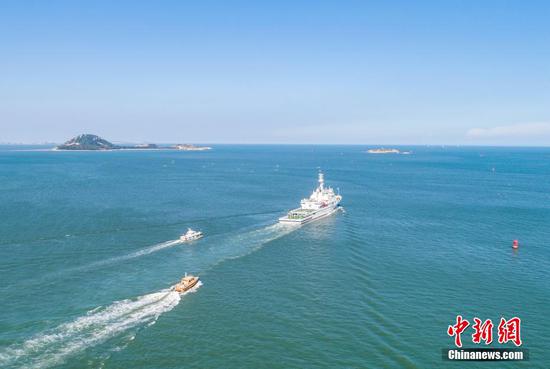
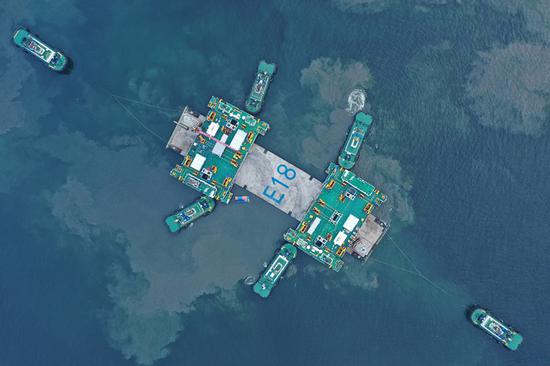
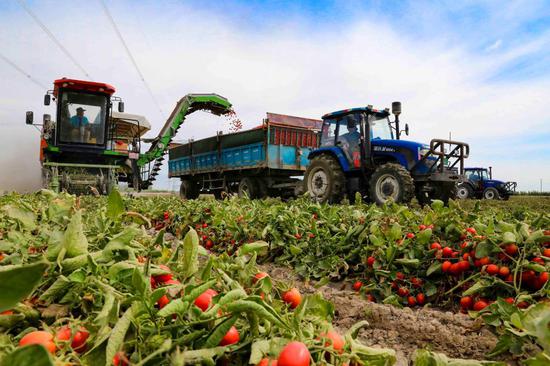

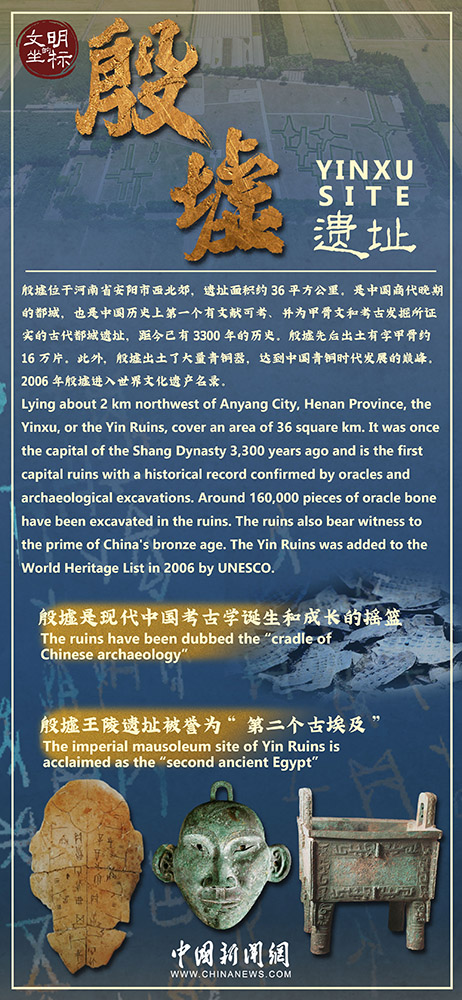






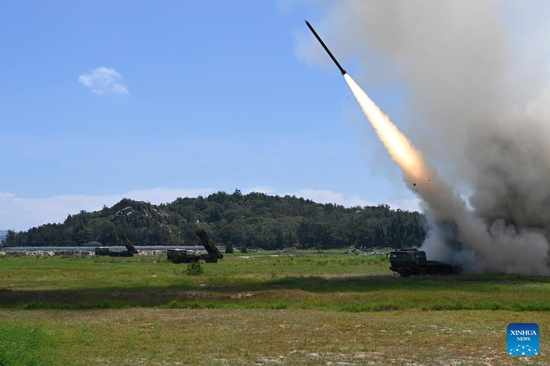



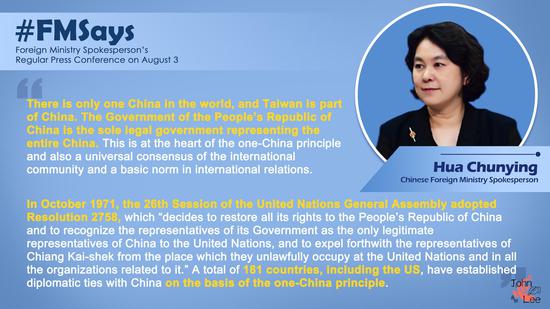
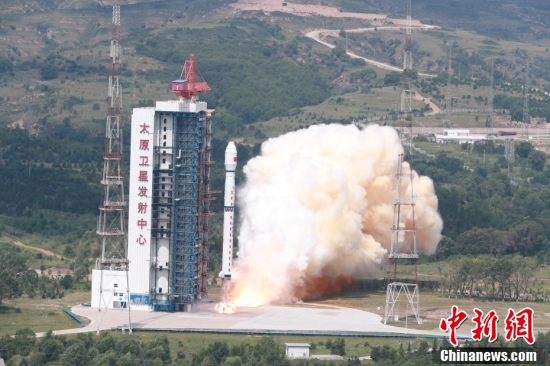
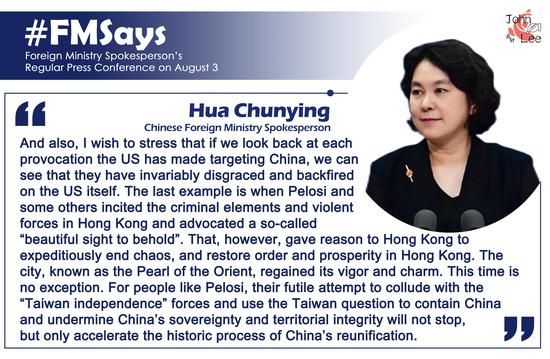
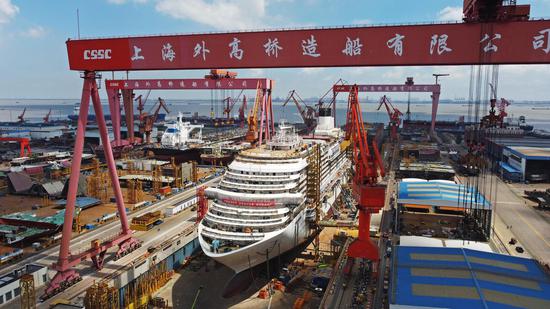


















 京公網安備 11010202009201號
京公網安備 11010202009201號